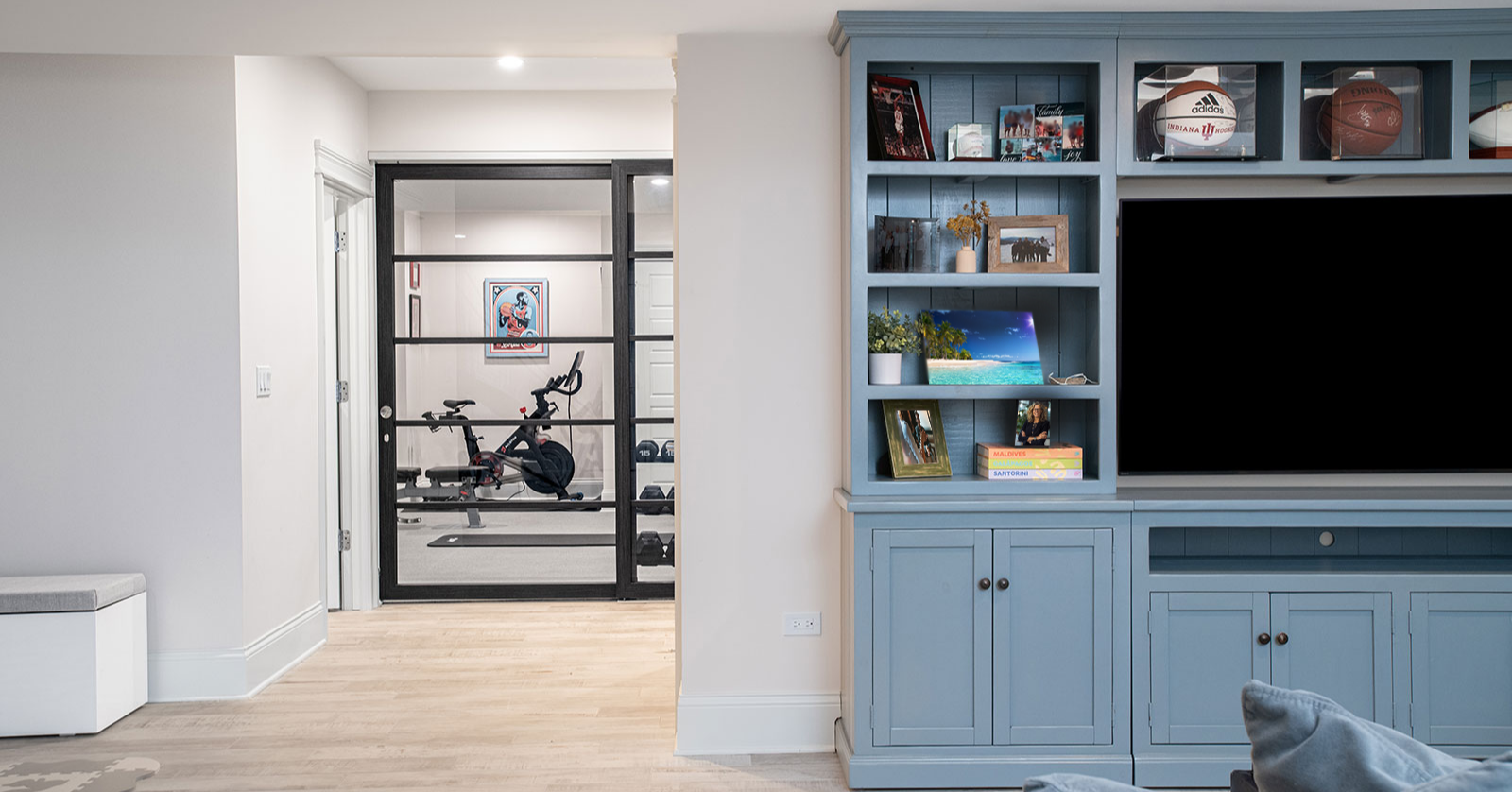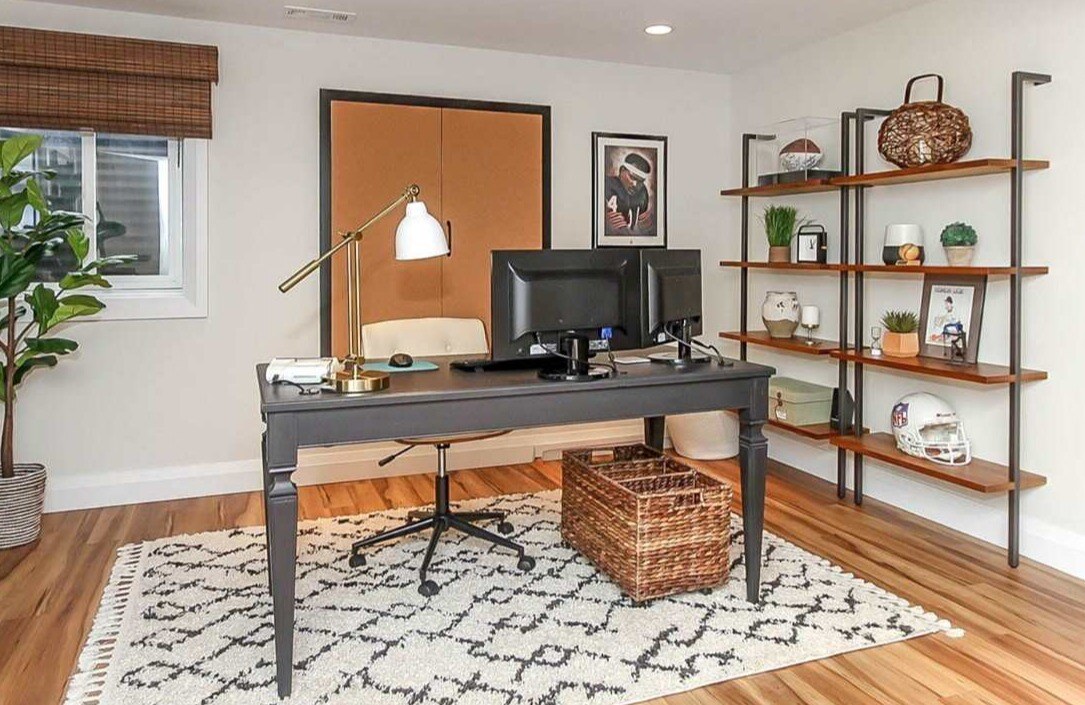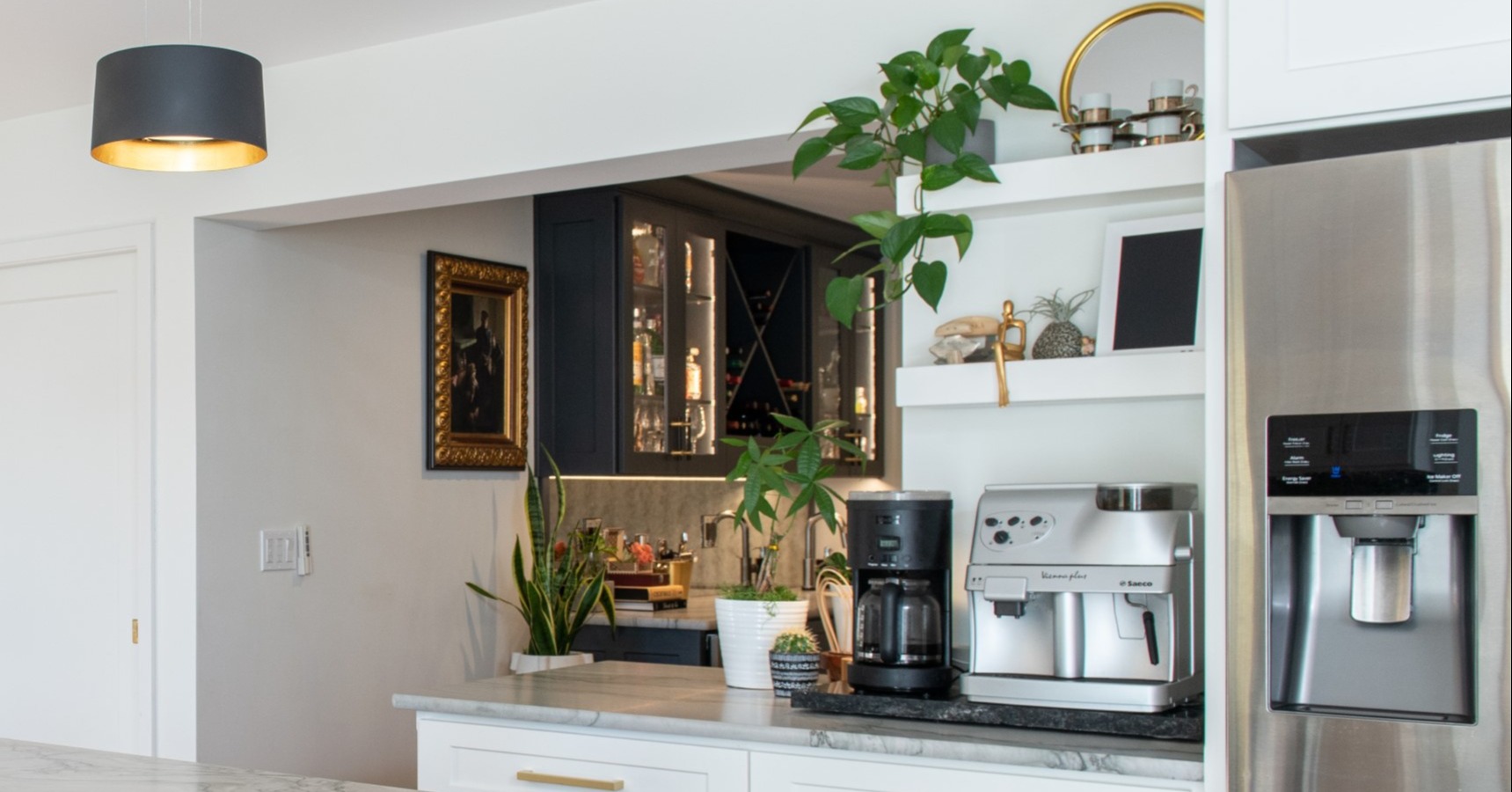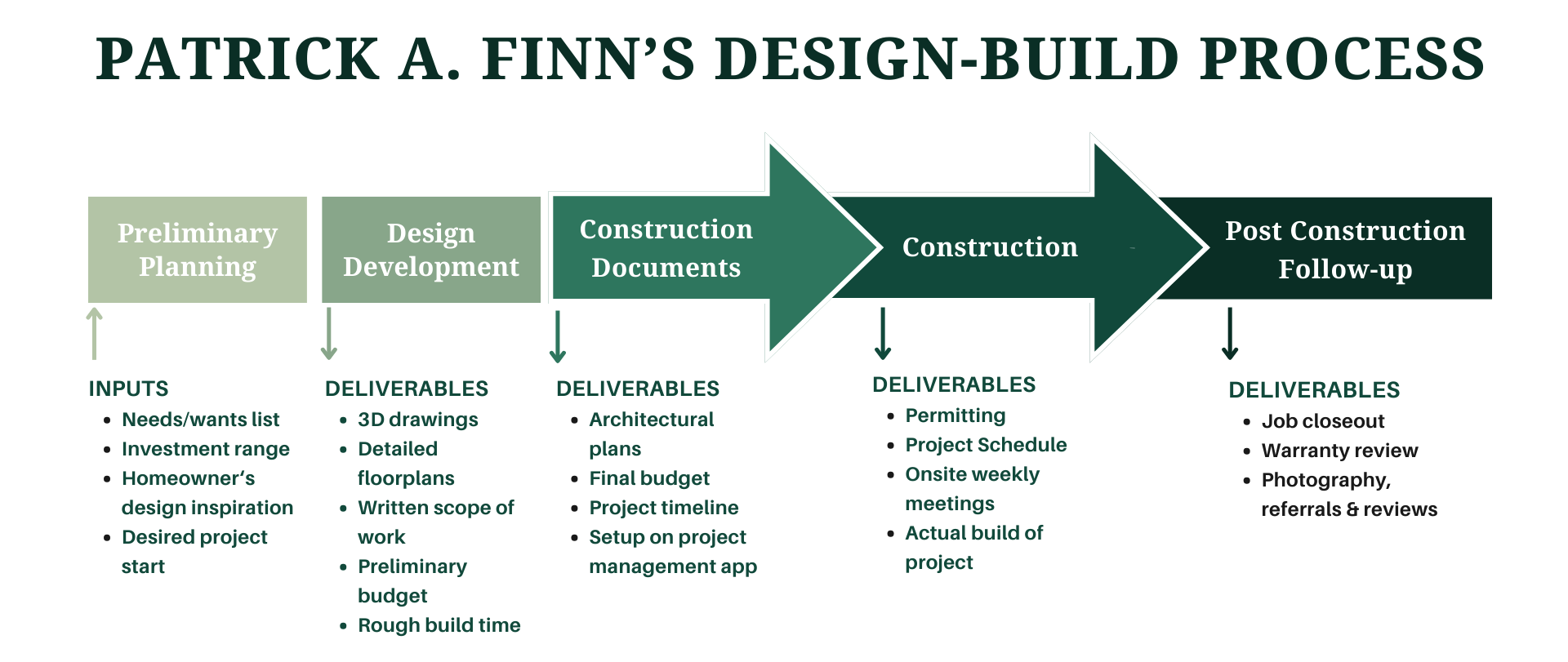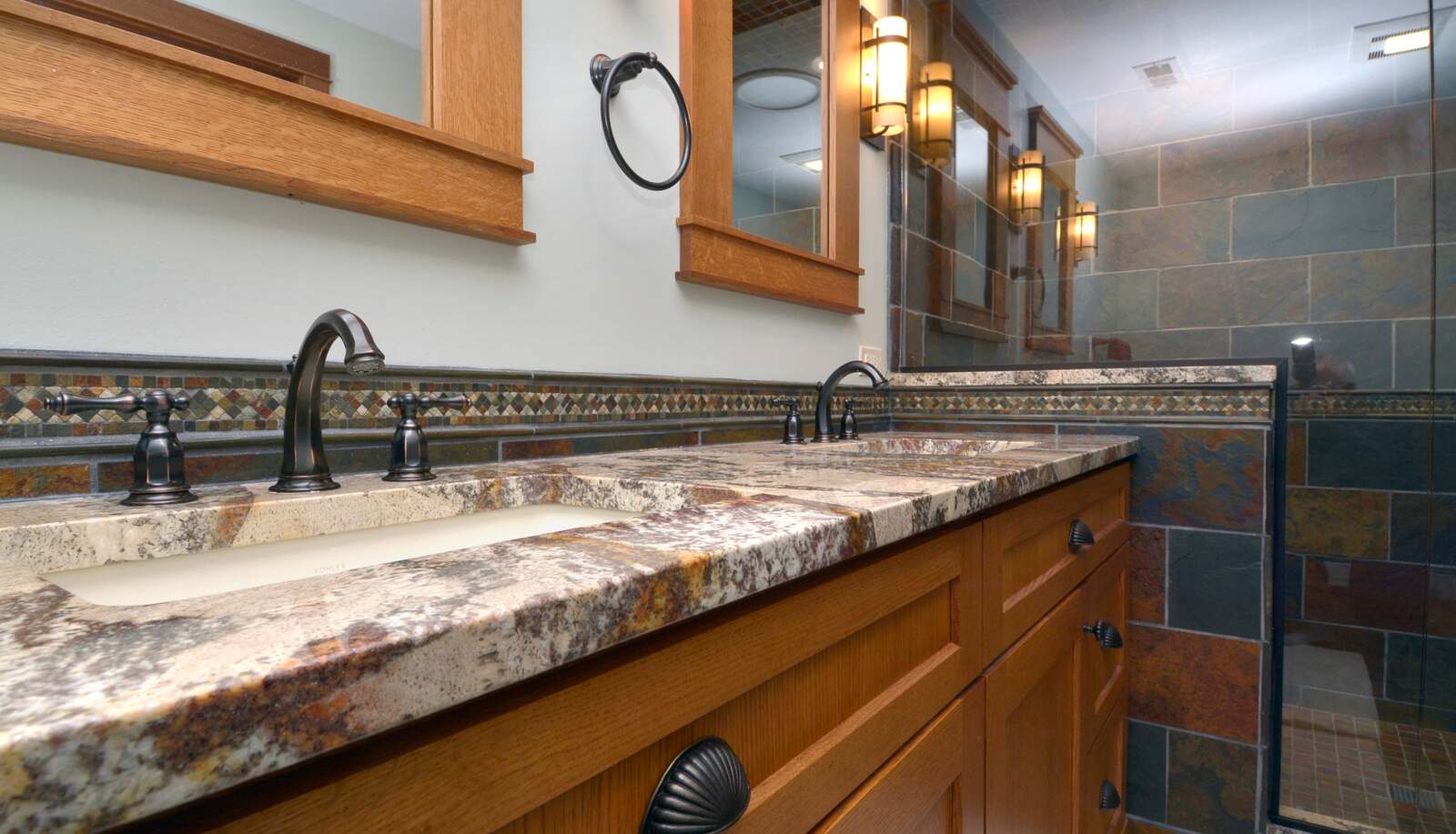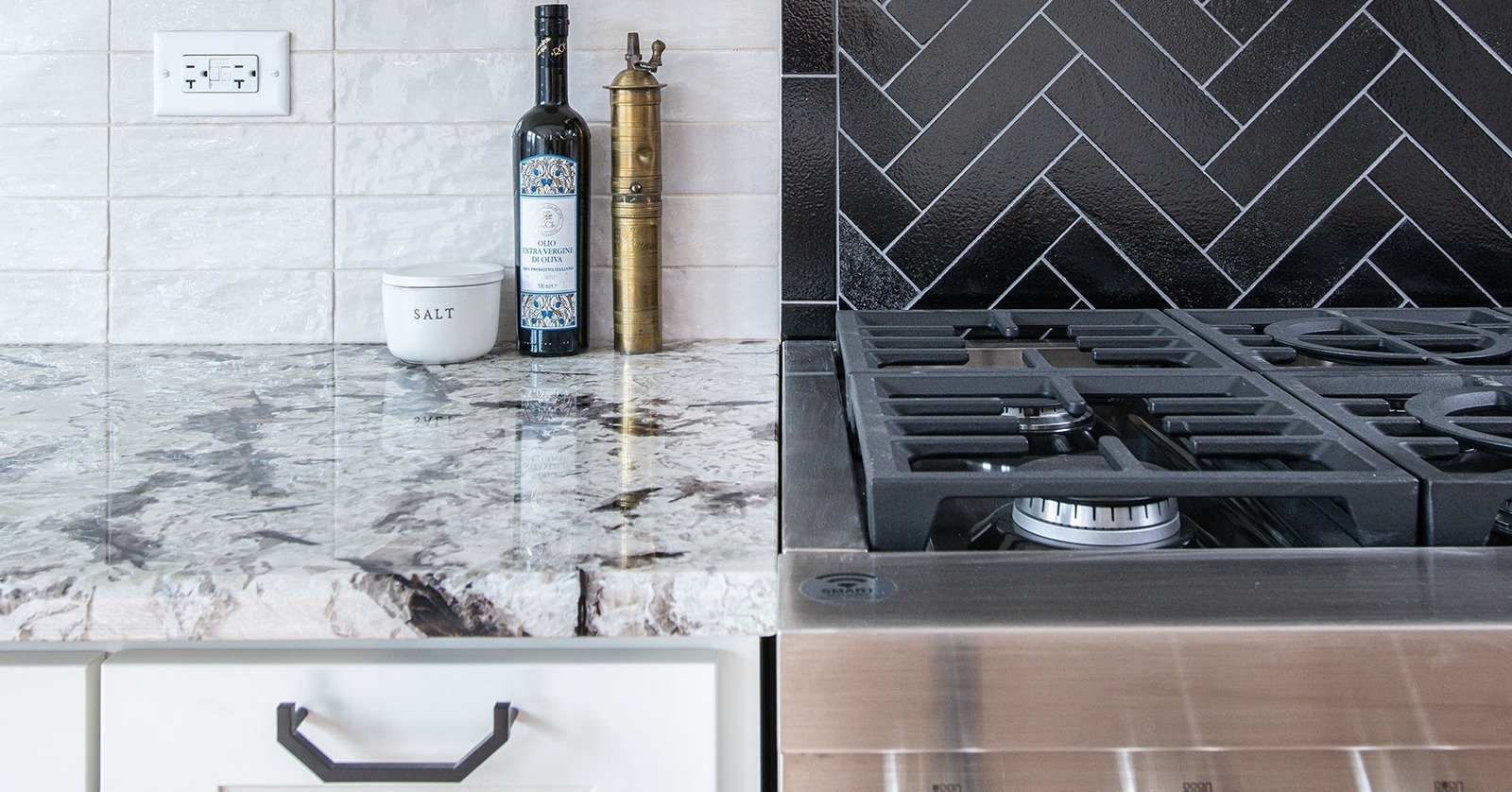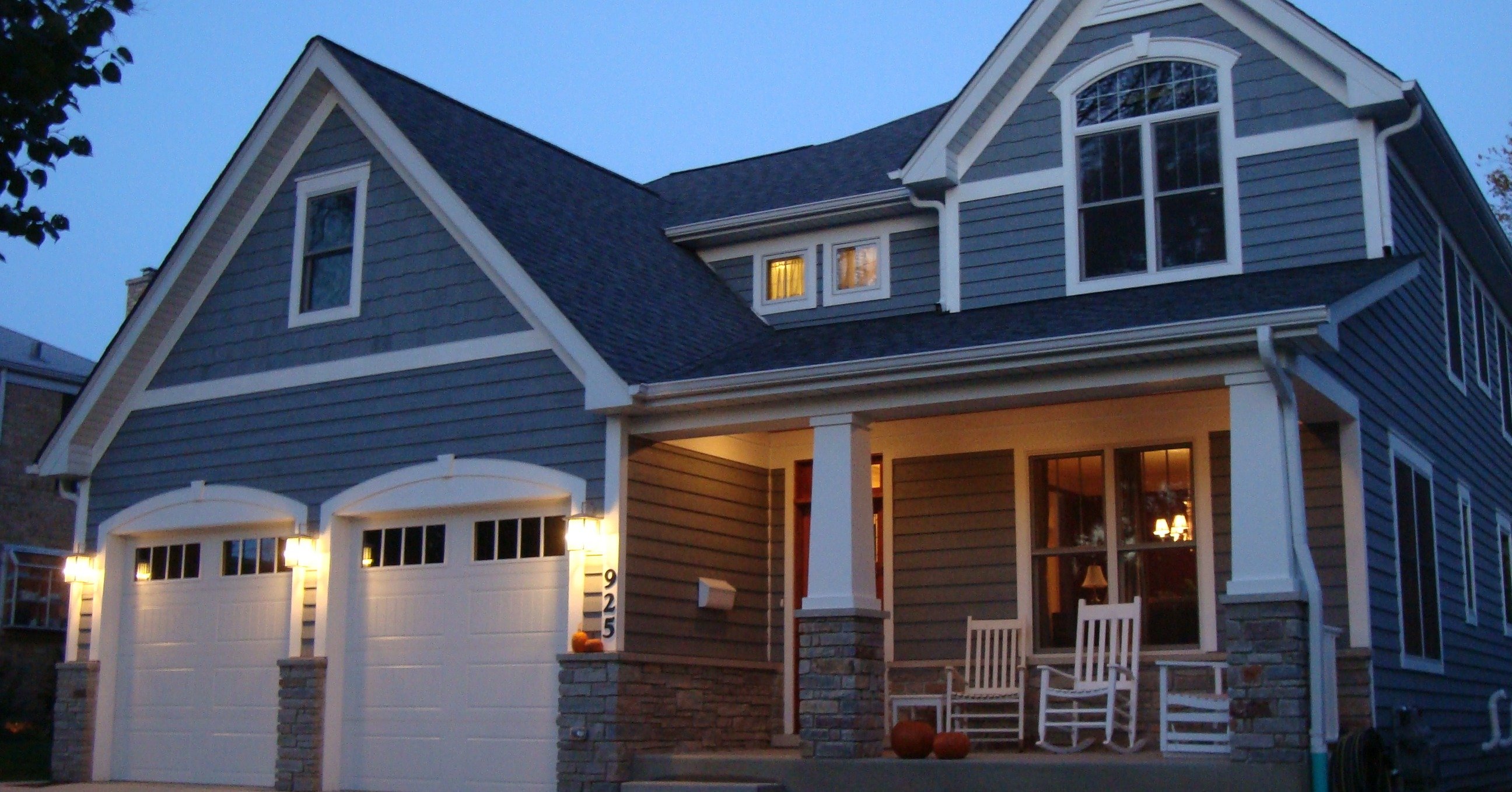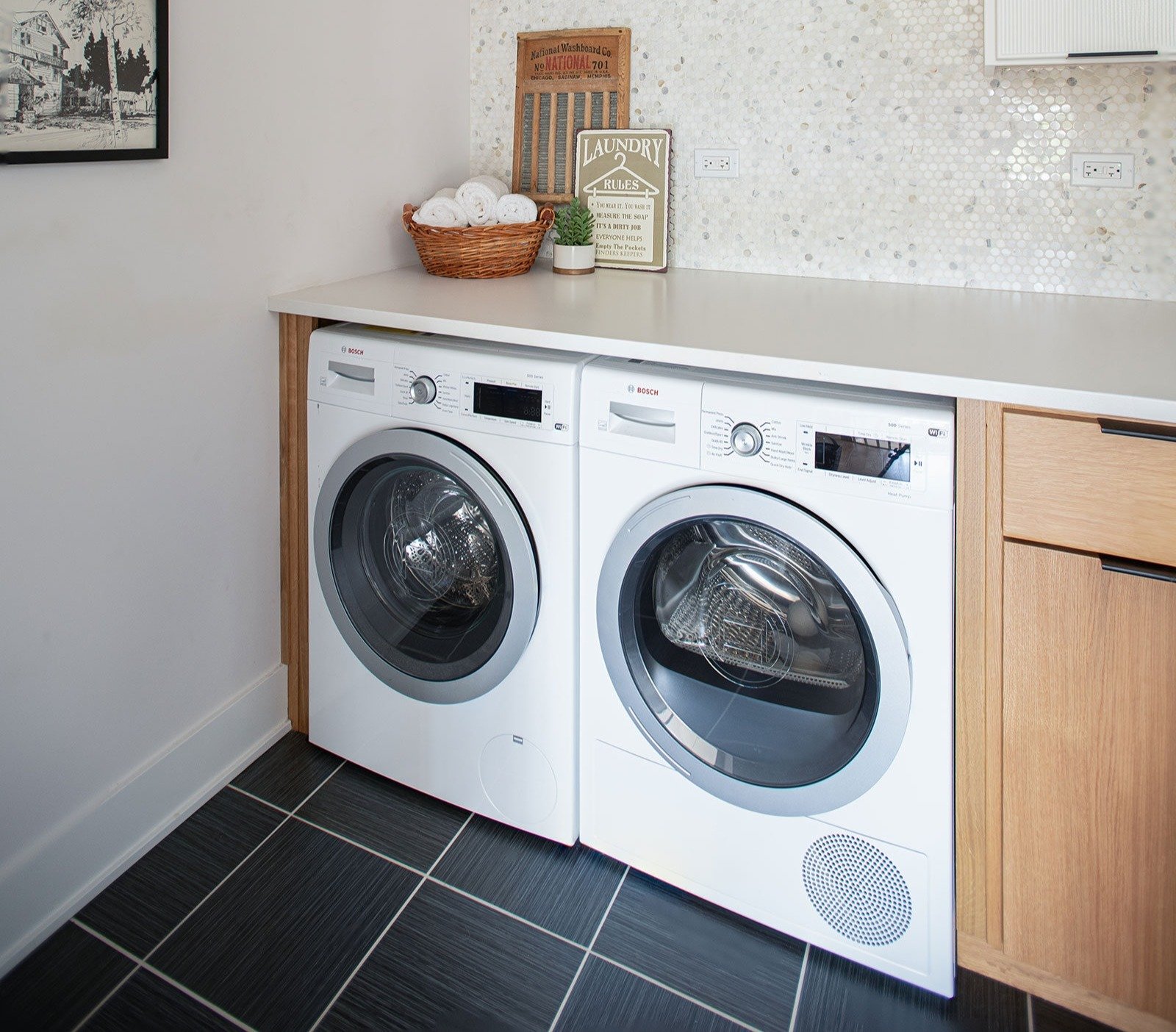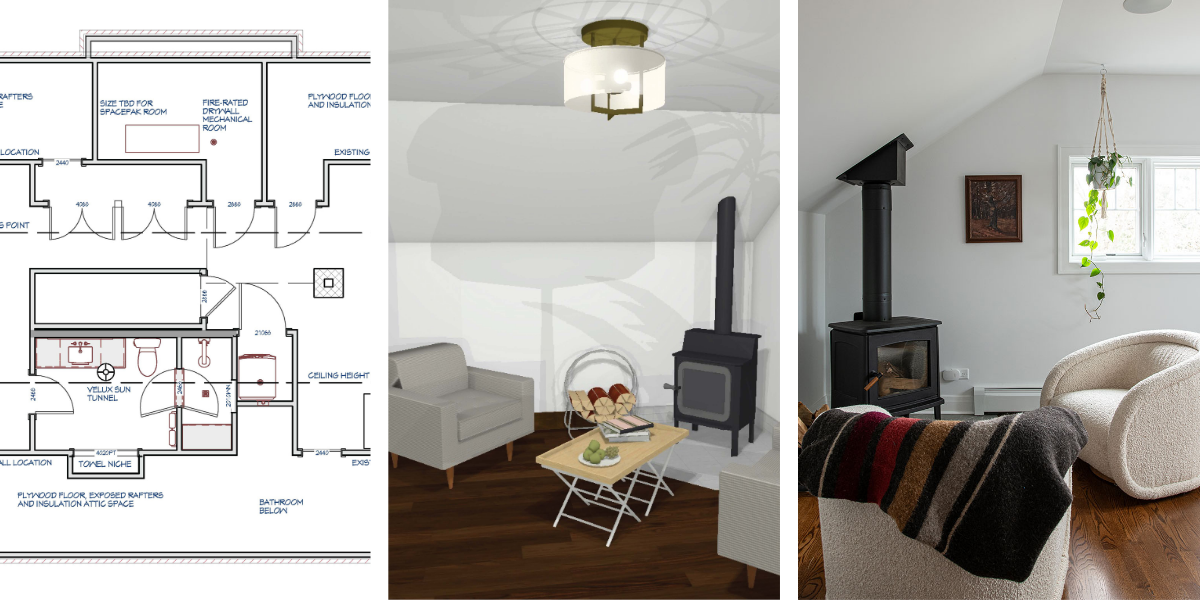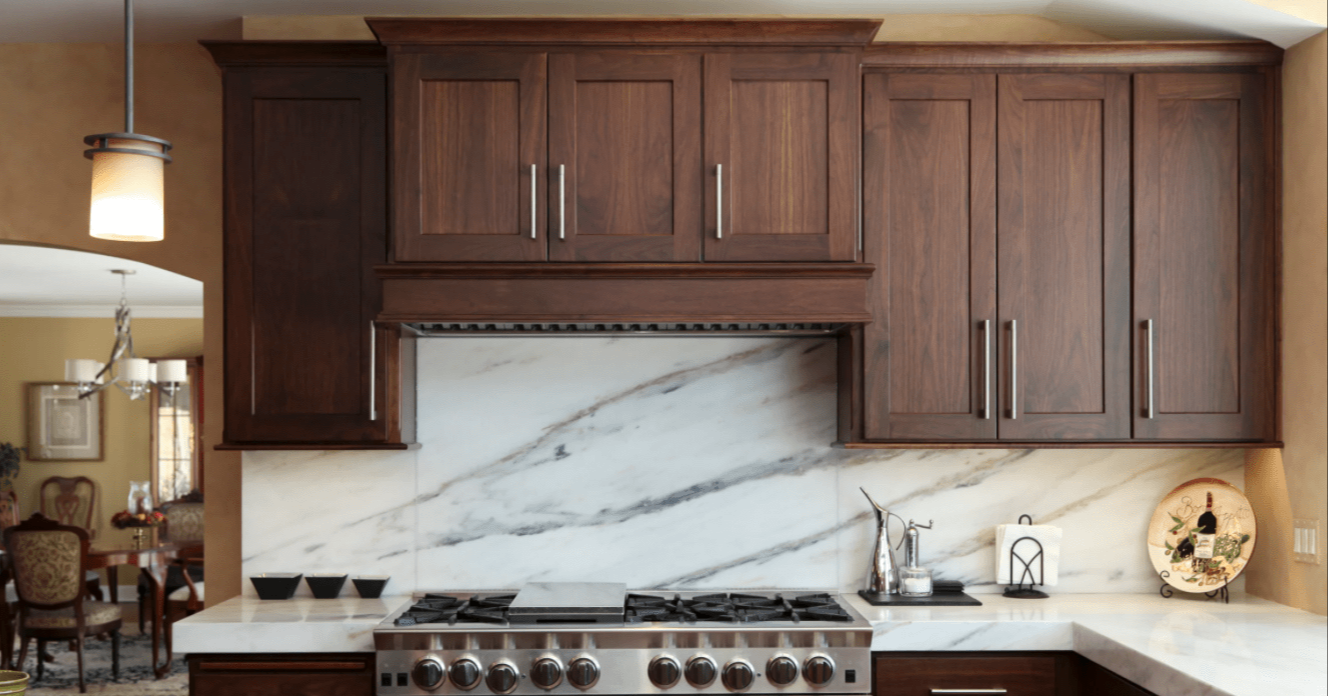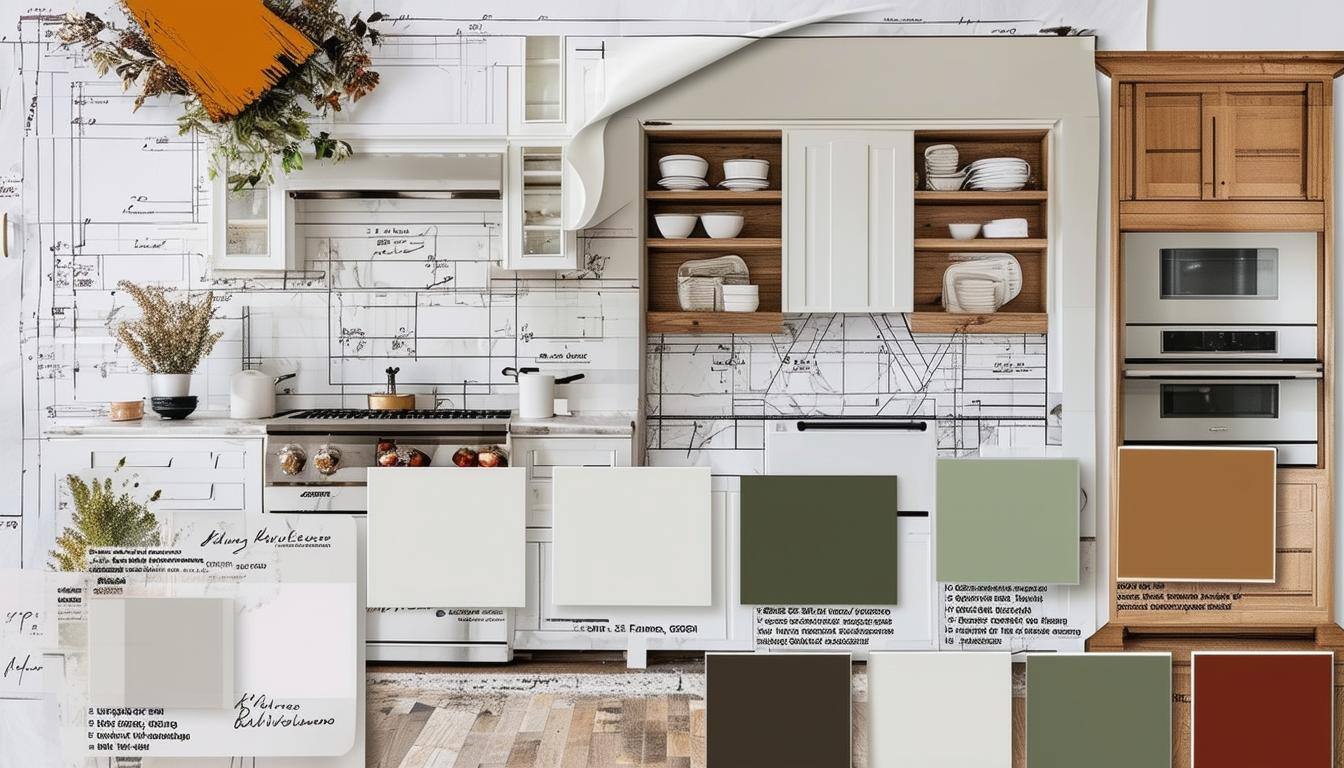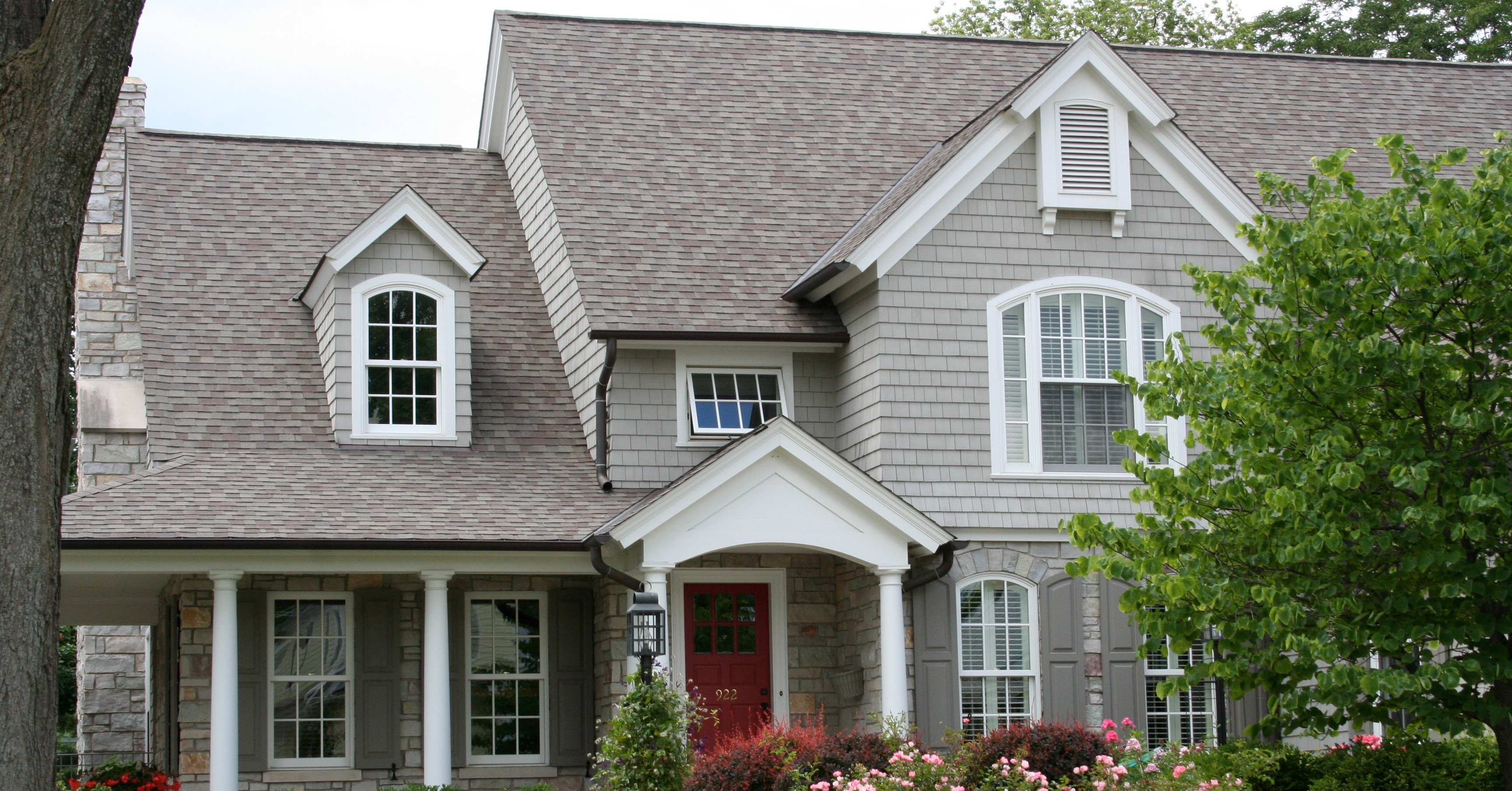Contents
Navigating the realm of home remodeling can often feel like deciphering a complex puzzle. It’s difficult to start putting the puzzle together when you’re unsure how many pieces there are! Every homeowner dreams of transforming their living space into a haven of comfort and style, yet the practicalities of budgeting often leave us in a shadow of uncertainty. However, this guide is here to illuminate the path forward.
Whether you’re a seasoned homeowner tired of the DIY approach and seeking to breathe new life into your home or a first-time renovator eager to embark on this exhilarating adventure, “What will it cost?” will certainly be one of your first questions.
Beyond mere home remodeling cost considerations, this guide explores value-driven house renovation strategies.
We believe that effective budgeting is not only about minimizing expenses but also about maximizing the value of every investment.
Whether you dream of a sleek kitchen remodel, a luxurious bathroom renovation, or a transformative whole-house makeover, understanding the nuances of budgeting and value optimization is paramount to achieving your vision.
Together, let’s unlock the secrets of smart renovation budgeting and pave the path to success in your home improvement endeavors.
Download Your Personal Copy of This Guide!

Download Here
Determine Your Priorities and Objectives
The foundation of success in home remodeling projects lies in understanding your priorities and objectives. It’s not just about what you wish to see in your living space; it’s about envisioning how these transformations will enrich your life and the lives of your loved ones, and why these changes need to be made.
Sometimes, your needs and desires may be met in ways you’ve never considered, so it’s important to know how you need your space to work for you and your family, not just what you want it to look like.
1. Understanding Your Goals
When planning for a home renovation project, it’s essential to begin by clearly articulating your goals.
Answer questions like the following:
- What is it that you hope to achieve with this renovation?
- Are you seeking to enhance functionality, simply improve aesthetics, or perhaps create a more inviting atmosphere for gatherings with family and friends?
Create a list of everything you dream of in your space and identify each one as a want or a need.
By identifying your overarching objectives, you lay the
groundwork for a renovation that aligns seamlessly with your vision and aspirations.
2. Setting Realistic Timelines
Time is a precious commodity, and setting realistic timelines for your home remodel is crucial to your vision of success. Consider your desired completion date and work backward with your design-build general contractor from there, considering factors such as the scope of the project, the permitting process, any potential delays, and your personal preferences.
By establishing clear timelines from the outset, you can ensure that your remodeling expectations are reasonable and the renovation progresses smoothly and efficiently.
And remember, good things take time; rushing into the project may also lead to rushed work. Investing time in preparation and planning up front will always pay off in the end.
3. Investing Wisely
One aspect often overlooked in home remodeling is the concept of investment. Beyond the financial costs, it’s crucial to consider how your renovation choices will improve your quality of life and enhance the value of your home.
Consider the long-term benefits of a well-executed remodel rather than focusing solely on upfront expenses and average costs. After all, your home is more than just a financial asset – it’s a sanctuary where lifelong memories are made and cherished.
Challenge yourself to stop thinking of what your dream renovation will cost and consider asking, “How much do I give myself permission to invest?” From there, a trusted remodeling partner can help you determine what’s achievable within your budget.
4. Identifying Pain Points
To truly understand your needs and desires, it’s essential to identify the pain points in your current living space. What aspects of your home are causing daily frustrations or inconveniences? Are there areas that feel cramped or outdated?
By identifying these annoyances, you can effectively prioritize the efforts of your home improvement projects and address the areas that will have the most significant impact on your daily life. This approach will not only improve the quality of your remodel but also enhance your experience in the finished space and likely increase your home value.
The Importance of Choosing the Right Home Renovation Partner
Selecting the right renovation partner can make all the difference in ensuring a successful outcome. Knowing just how to make the “right” decision can be tricky, but an easy place to start is knowing the difference between working with a trusted design-build partner or taking the more traditional approach of separating design and construction, taking on self-management of your project.
Design-Build vs. Traditional Approach
The traditional construction method often involves independently hiring an architect to design your project and then soliciting bids from different contractors to bring those designs to life.
However, this approach can be cumbersome for homeowners, requiring them to manage contracts with multiple entities and reconcile potentially divergent cost estimates. How do you know whose estimate is accurate, and how do you avoid changing orders along the way?
On the other hand, the design-build approach offers a more streamlined and cohesive process. With design-build, a single company is responsible for the project’s architectural design and the construction itself.
This integration simplifies the process and provides homeowners with easier communication, more efficient project management, a lower likelihood of error, and a clearer picture of the budget upfront.
Collaboration is Key
Central to the success of any home remodeling project is a transparent collaboration between the homeowner and their renovation partner. In the design-build model, open and honest communication is pivotal. By fostering a relationship built on trust and mutual respect, quality design-build firms ensure that the homeowner is informed at every step.
Effective communication is not just about relaying information; it’s about actively listening to the needs and concerns of the homeowner and addressing them in a timely and proactive manner. Unlike some general contractors who may be less communicative, the right design-build partner understands the value of frequent and straightforward communication, fostering a collaborative environment where both parties can openly discuss any issues or challenges that arise.
When it comes down to it, homeowners should do their due diligence to trust but verify. One of the best ways to gauge the efficacy of a design-build partner is by speaking to past clients. By meeting and conversing with individuals with firsthand experience with the renovation process, homeowners can gain invaluable insights into what to expect and how the design-build firm operates.
Speaking directly with past clients allows homeowners to ask candid questions and better understand the customer experience. This firsthand knowledge empowers homeowners to make confident, informed decisions and select a renovation partner that aligns with their vision and values.

Patrick A. Finn and team onsite for a client's remodeling project.
How Much Should You Spend on a Home Renovation?
Creating a master plan for your home renovation project can significantly improve your home remodeling experience. A well-defined plan can help you avoid common pitfalls and ensure a smoother, more enjoyable process. Remember, you’re taking on a significant financial and emotional investment.
Determining the appropriate budget for your renovation requires careful consideration of various factors, from the project’s scope to your long-term goals. By solidifying your goals, budget, and design preferences upfront, you’ll be better equipped to communicate your vision and make well-informed decisions along the way.
Download Your Personal Copy of This Guide!

Download Here
Establishing a Realistic Budget
Central to the master planning process is establishing a realistic budget for your renovation project. Your design-build partner will approach your project holistically and leverage the master plan to accurately estimate the material costs, labor costs, and the costs of other services required to bring your vision to life. By considering factors such as zoning requirements, safety regulations, and existing structural, plumbing, electrical, and HVAC systems, they can provide a comprehensive budget that minimizes surprises and cost overruns in the construction phase.
For example, numerous considerations exist beyond what meets the eye when pursuing a kitchen renovation with an addition. From building codes and structural integrity to light fixtures, cabinetry, and hardwood floors, your design-build partner will ensure that every aspect of the project is accounted for in the budget.
This all-inclusive approach not only provides you with a clear understanding of the total cost but also instills confidence in lenders when seeking a home equity loan or other line of credit that the full scope of the work is incorporated into the price.
By getting the budget right upfront, homeowners can proceed confidently, knowing that they clearly understand the true project costs and are prepared for any potential challenges. Armed with a comprehensive master plan and a realistic budget, you can embark on your renovation journey with peace of mind, knowing that your investment is in capable hands.
How Do I Estimate My Home Renovation Costs?
Estimating the costs of a home renovation is a critical step in planning your project, but it’s essential to approach this task cautiously and thoroughly. While square footage is often assumed to be a starting point for estimating renovation costs, relying solely on this metric can be extremely misleading.
Consider the example of comparing basic upgrades in a bathroom remodel to a high-end kitchen remodel. Despite occupying similar square footage, the kitchen project involves complex plumbing, high-end appliances, and custom kitchen cabinets, significantly impacting the costs.
Price per square foot doesn’t accurately account for variations in complexity, quality, and design.
Furthermore, unforeseen challenges can arise during renovation, such as hidden structural issues or the need to meet stricter building codes. These complications add time and expense that a simple square footage calculation doesn’t capture.
In essence, while square footage is often where people assume they should start with pricing, the reality is that each project is different. To get an accurate cost estimate, you need a detailed plan considering the project’s scope, material quality, and potential issues is crucial.
Beware of Free Estimates
While the allure of a free estimate may seem appealing, it’s essential to approach these offers with extreme caution. Free estimates often lack the detail needed for an accurate cost assessment,
leading to underestimates that build your hope but can result in additional expenses down the line. Moreover, free estimates may not lock you into a specific design plan, increasing the risk of “scope creep,” where the home improvement project keeps growing and results in unexpected charges because accurate costs were not accounted for upfront. Without a design plan, correct estimates are not possible. Any time design changes occur, be sure to ask about updated pricing. Often, contractors will do the work as requested by the homeowner and then give them a change order invoice later, which may surprise the client.
To avoid unrealistic comparisons and unexpected costs, it’s crucial to work with a design-build contractor who can create a detailed plan upfront that is specific to your project and provide a single contract with a clear budget.
To read more about free estimates and how they can impact your budget, read the article "How Free Home Renovation Estimates Can End Up Costing You More Than You Think."
Exploring Financing Options for Your Home Renovation
When financing your home renovation, consider these options:
- Cash Savings: The simplest option is using available funds. While this approach requires readily available funds, it eliminates the need for borrowing and interest payments, providing a sense of financial security and peace of mind.
- Home Equity Loan or HELOC: Leverage the equity you’ve built in your home with a lump sum loan or line of These options offer flexibility and may provide tax benefits, making them popular choices for financing renovations.
- Cash-Out Refinance: Replace your existing mortgage with a new one for a larger amount. The difference between the old and new mortgage becomes available to finance your renovation project. This option allows you to tap into your home’s equity while potentially securing a lower interest rate on your mortgage.
- FHA 203K Loan: Backed by the government, FHA 203K loans are specifically designed for renovations. These loans allow you to finance both the purchase and renovation of a home, providing a convenient solution for financing comprehensive remodeling projects.
- Construction-to-Permanent Loan: A construction-to-permanent loan is tailored for financing home renovations that will significantly increase the property’s To qualify for this type of loan, you’ll need a detailed plan and budget from a builder. However, it offers the potential to borrow up to 100% of the renovation cost based on the future appraised value of your remodeled home, providing ample financing for ambitious projects.
- VA Loans: VA loans, available to eligible veterans and service members, offer low-interest financing options for homebuyers purchasing a home and home These loans provide favorable terms and may require little to no down payment, making them an attractive option for those who qualify.
As you now well know, renovating your home involves various factors that can significantly impact the overall cost. Here, we break down the estimated costs for different types of renovations, focusing on the Northwest Chicago area.
Costs Estimated by Room Type

Download a personal copy of the guide to see room-by-room cost breakdowns.
Fill out the form to download your personal copy of the guide.



